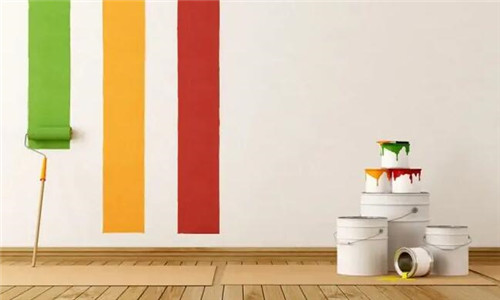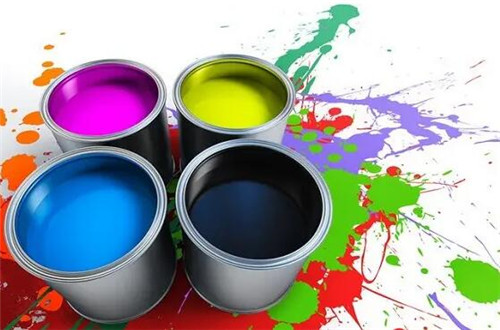The odor from paint is one of the common issues encountered during the renovation process. After indoor painting, a pungent smell typically emanates, causing inconvenience in people's daily lives. Here are some solutions to address the strong paint odor.
1. Proper Ventilation
Ventilation is the primary method for dealing with paint odor. Good airflow can effectively expel the paint smell from indoors, keeping the air fresh. During the painting process, try to keep the windows open to utilize natural airflow to ventilate the space. If natural ventilation is not possible, mechanical ventilation equipment like exhaust fans or air purifiers can be used to enhance indoor air circulation.

2. Choose Environmentally Friendly Materials
Selecting eco-friendly paint is crucial for reducing paint odor. High-quality, environmentally friendly paint typically contains lower levels of volatile organic compounds (VOCs), thereby minimizing harm to human health. When purchasing paint, check the product's ingredients and environmental labels, opting for paints that meet national environmental standards.

3. Use Low-Odour Paint
Low-odour paint is a special type of paint designed to reduce smell. These paints contain special chemicals that lower volatility, thus decreasing any potential irritating odors. Choosing low-odour paint for indoor renovations can significantly lessen the impact of paint smells on residents.
4. Choose Suitable Weather for Application
Weather conditions also affect paint odor during the application process. High temperature and humidity during the summer can accelerate paint evaporation, worsening odor diffusion. Therefore, it’s advisable to conduct indoor painting in seasons with suitable temperatures and lower humidity to help reduce the spread of paint smells.

5. Use Waterproof Plastic Film for Isolation
Before starting the painting process, you can cover large surfaces such as walls and floors with waterproof plastic film. This helps to minimize direct contact between the paint and indoor surfaces, reducing odor emission. Once the paint has dried, the plastic film can be removed, which in turn decreases the paint smell.
In summary, addressing the issue of strong paint odor involves various effective measures. Proper ventilation, choosing eco-friendly and low-odour paints, suitable weather conditions, and using materials with odor-eliminating functions along with waterproof plastic film for isolation are all viable methods for reducing paint odors. Additionally, maintaining appropriate indoor humidity can further diminish the diffusion of paint smells. Through these methods, indoor renovations can become more environmentally friendly and comfortable.



